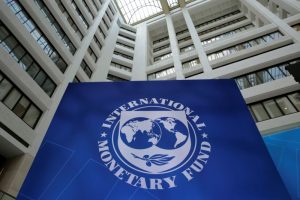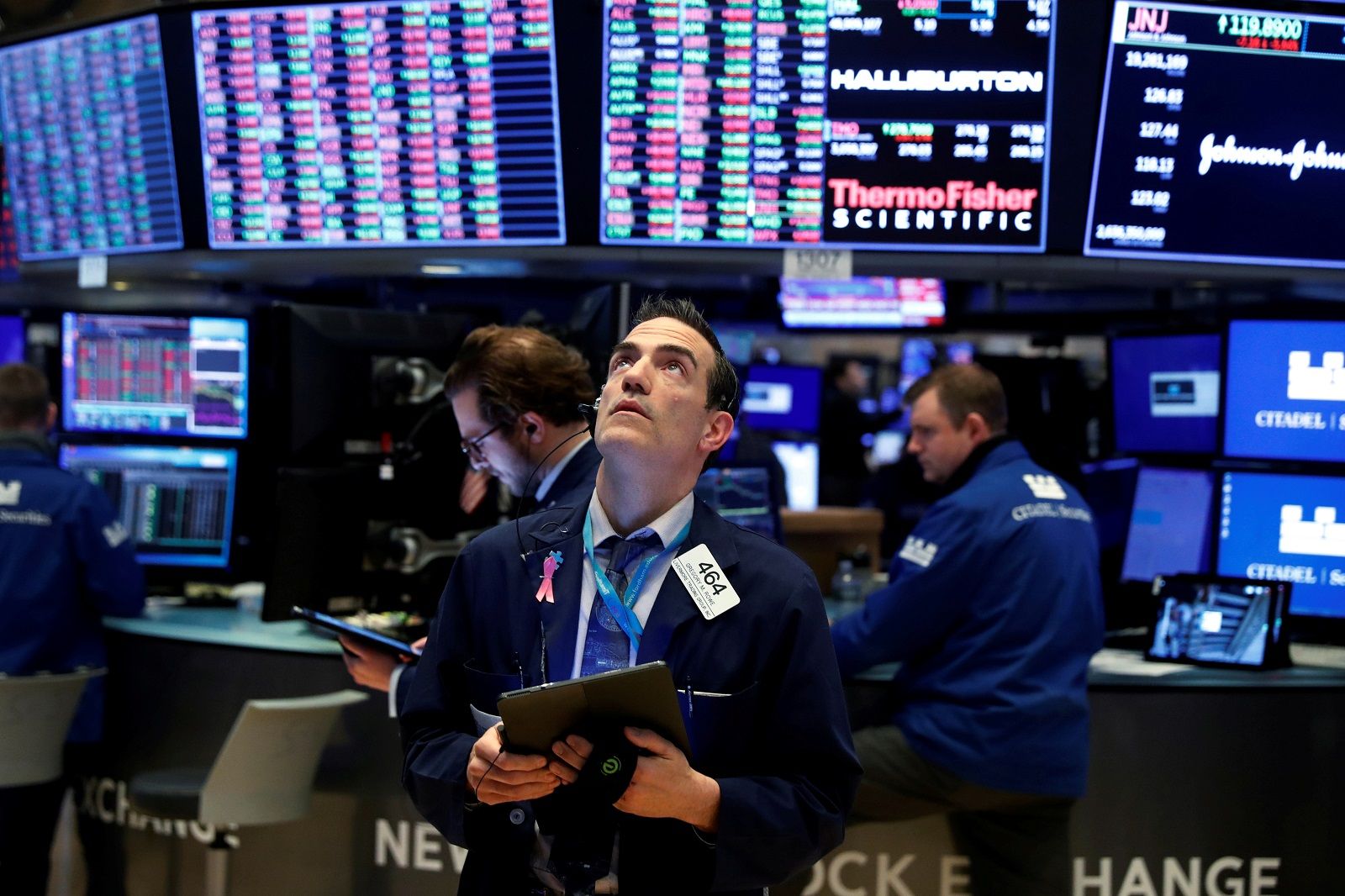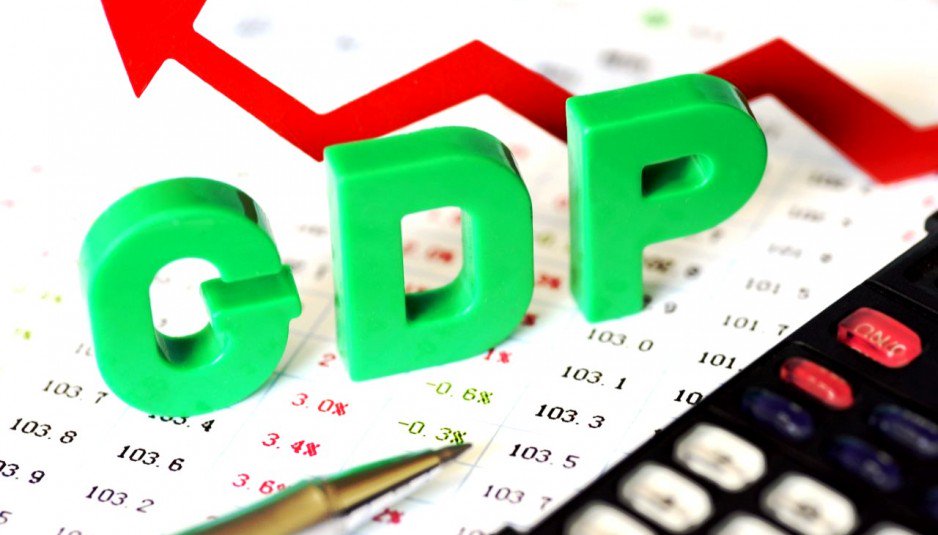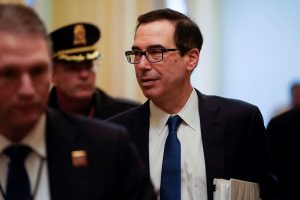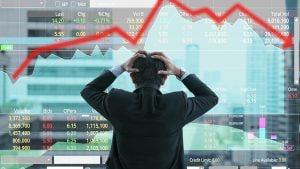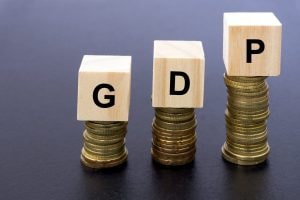Coronavirus Impact: World Bank predicts 3.2% contraction for India in FY21

KV Prasad Jun 13, 2022, 06:35 AM IST (Published)
 Listen to the Article (6 Minutes)
Listen to the Article (6 Minutes)
Summary
The World Bank, in its latest Global Economic Prospects report for June, said that despite some support from fiscal and monetary stimulus, the pandemic will take a toll on the Indian economy this year.
India’s output is expected to contract by 3.2 percent in the current financial year, as stringent measures to curb the spread of the COVID-19 pandemic heavily curtailed economic activities. The World Bank, in its latest Global Economic Prospects report for June, said that despite some support from fiscal and monetary stimulus, the pandemic will take a toll on the Indian economy this year.
“Spillovers from weaker global growth and balance sheet stress in the financial sector will also weigh on activity,” said World Bank in its report. However, the Indian economy is projected to recover and return to the growth path next year, albeit with lower rates of growth than earlier forecasted.
India is expected to grow by 3.1 percent in FY22 now, against an earlier 4-5 percent growth forecast by the World Bank.
In the report, World Bank has also predicted that the global economy will see its worst recession since the end of the Second World War due to the pandemic this year.
“The COVID-19 pandemic has, with alarming speed, delivered a global economic shock of enormous magnitude, leading to steep recessions in many countries. The baseline forecast envisions a 5.2 percent contraction in global GDP in 2020- the deepest global recession in eight decades, despite unprecedented policy support,” it said in the June update report.
World Bank expects the per capita incomes in the vast majority of emerging market and developing economies (EMDEs) to shrink this year, tipping many millions back into poverty.
“The global recession would be deeper if bringing the pandemic under control took longer than expected, or if financial stress triggered cascading defaults,” it warned.
In all, the pandemic is expected to plunge a majority of countries into recession this year, with per capita output contracting in the largest fraction of countries since 1870. World Bank has forecasted a 7 percent contraction for advanced economies in 2020, as “widespread social-distancing measures, a sharp tightening of financial conditions, and a collapse in external demand depress activity”.
China is forecast to register its slowest growth in over four decades, assuming that the outbreak remains under control and activity recovers later this year. China is projected to slow to 1 percent in 2020, as per World Bank.
The Emerging Market and Developing Economies (EMDEs) are expected to contract in 2020 for the first time in over six decades, contracting by 2.5 percent in 2020.
Baseline Scenario: The global economy is expected to contract by 5.2 percent. The baseline scenario envisions that the global economy will fall into a deep global recession, the report showed. The drop in global output would be roughly three times the rate of decline experienced during the 2009 global recession. Global trade would fall about 13 percent, in part due to the centrality of several of the economies with the largest outbreaks in global value chains.
The baseline scenario makes assumptions about the evolution of activity, financial and commodity markets, and policy responses. Under this scenario, outbreaks in advanced economies are expected to continue to slow, allowing most countries to continue to lift lockdown measures through the second quarter of 2020; however, some control measures will remain in place during the third quarter in order to prevent flare-ups.
Downside Scenario: The downside scenario assumes more stringent lockdown measures. In this scenario, the global output would shrink by almost 8 percent in 2020, as an additional three months of stringent lockdown measures are assumed to be required before the pandemic can be brought under control. This, the World Bank forecasts would increase the severity of the impact on global growth. It assumes that during these additional three months, measures that had previously begun to ease are quickly and aggressively re-introduced.
Despite additional fiscal policy support, vulnerable firms would exit, vulnerable households would sharply curtail consumption, and travel would remain deeply depressed. Disruptions to global value chains would exacerbate the collapse in global trade, which is envisioned to contract by about a quarter. These disruptions would also magnify the size of cross-border spillovers and lead to widespread interruptions in production.
Upside Scenario: In the upside scenario, as in the baseline, the World Bank assumes pandemic-control measures would be largely lifted by the end of the second quarter in advanced economies, and somewhat later in EMDEs. All major economies would sputter back to life in the third quarter of 2020. In contrast to baseline projections, a sharp economic rebound would promptly get underway as businesses re-open, trade and travel barriers are lifted, and confidence rebounds.
Even in this upside scenario, the global output would contract in 2020 by about 4 percent, which would be more than twice the pace registered in the 2009 global recession, and EMDE growth would also be negative. Global trade would fall by almost 10 percent, also worse than 2009. Once mitigation measures are fully lifted, global growth would rebound markedly in 2021, above 5 percent.
India’s FY21 GDP Growth Forecasts
Bernstein: -7 percent
SBI: -6.8 percent
Deutsche Bank: -5.5 percent
Nomura: -5.2 percent
Goldman Sachs: -5 percent
CRISIL Ratings: -5 percent
Fitch Ratings: -5 percent
Citi: -3.5 percent
World Bank: -3.2 percent
Moody’s: -4 percent
BofA: -1.3 percent
(IMF: 1.9 percent as of April, due to be updated in June)

Elon Musk forms several ‘X Holdings’ companies to fund potential Twitter buyout
3 Mins Read
Thursday’s filing dispelled some doubts, though Musk still has work to do. He and his advisers will spend the coming days vetting potential investors for the equity portion of his offer, according to people familiar with the matter

KV Prasad Journo follow politics, process in Parliament and US Congress. Former Congressional APSA-Fulbright Fellow









 Listen to the Article
Listen to the Article 
 Daily Newsletter
Daily Newsletter







